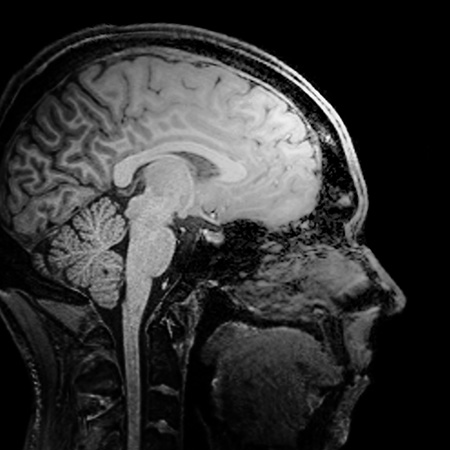
Neurophysiology of consciousness
How does the brain generate conscious and unconscious mental states? My lab combines psychophysics and experimental protocols with neuroimaging tools (fMRI, EEG) to study how the human brain process things either consciously or unconsciously.
 More
MoreThis approach offers the opportunity not only to understand the cognitive and neurophysiological specificity of consciousness but also to delineate the limits and extents of unconscious processes. One of the most fundamental issues in contemporary science concerns the nature of consciousness. The last few decades have shown a renewal of interest for understanding the psychological and biological determinants of consciousness. Research on this topic has gained respect by acknowledging the importance of data collection, empirical support, and all of the core principles that are inherent to scientific investigation. Our lab contributes to this emergent field by providing insight on both theoretical and empirical aspects. At the theoretical level, we contribute to the debate on the nature of consciousness by pushing towards functional, evidence-based accounts that are far away from alternative accounts positing a separate mental substance, or even positing non-computational features with qualias and phenomenological forms of consciousness.
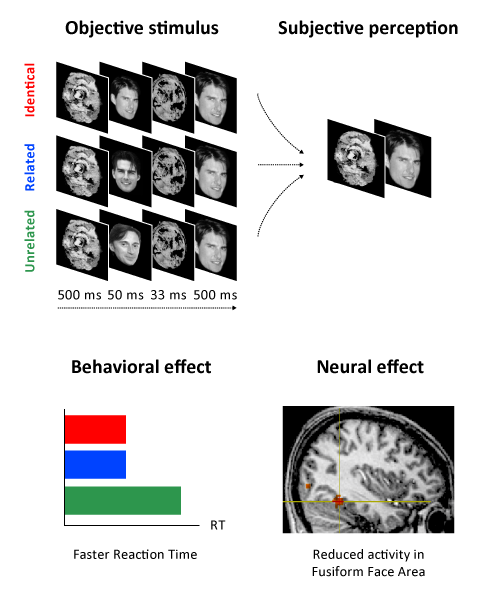
At the empirical levels, our work focuses on providing new insights by performing experiments that looks at how much the brain can do without consciousness, and conversely we try to specify what counts as a neural mechanism that is specifically dedicated to conscious processing. Our lab investigates unconscious processing by looking at the impact of subliminal stimuli on neural activity, by testing how much information can the brain extract from the outside world during dreamless sleep. Our lab also investigates consciousness in infants for which verbal report is impossible. To do so we rely on neural signatures that are well-established in adult populations and test whether they can similarly be evidenced in preverbal infants.
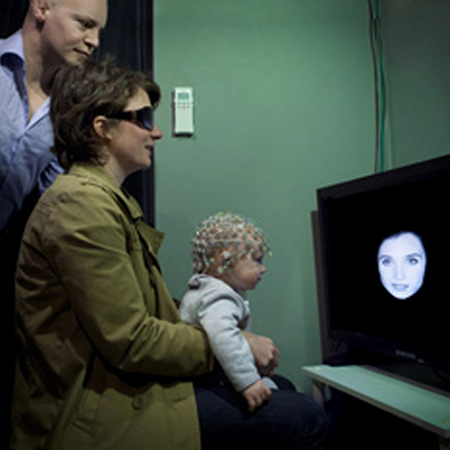
Neurodevelopment of consciousness in infants
Are babies conscious? Because infants can’t talk about themselves, this question has long remained controversial. To bypass this issue, my lab relies on neural signatures in the absence of verbal reports.
 More
MoreOur work proves that infants are not only conscious of their perceptual environment, but also that they possess reflective abilities allowing them to introspect on their own knowledge. More recently, we started investigating whether infants possess a primitive sense of self, and whether neural signatures can be used to track abnormal processing in infants at risk of autism.
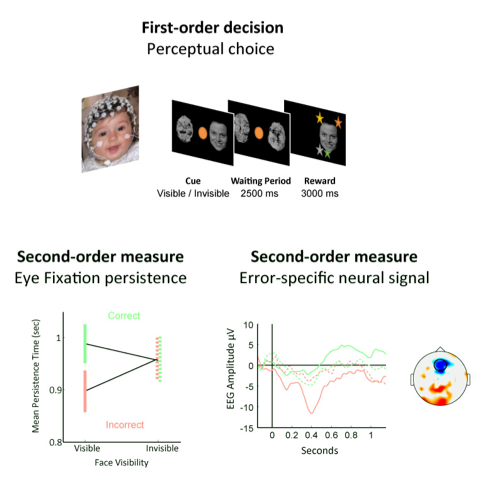
Recent research shows that, in the first year of life, preverbal infants already display an impressive array of cognitive competences. Yet, because sophisticated processing can also occur unconsciously, the question of whether infants are conscious has long remained a mystery. By relying on neural signatures in the absence of subjective reports, we showed that infants possess the same mechanisms of perceptual consciousness as adults, albeit much slower. We also showed that infants possess ‘core’ metacognitive abilities for internally monitoring their own knowledge, against the view that metacognition only comes late with language and explicit reasoning. Indeed, infants can communicate in a non-verbal manner whether they know they don’t know. Moreover, they evaluate their decision confidence and generate EEG signals (i.e., the Error-Related Negativity) reflecting the internal monitoring of their own errors. Broadly speaking, this work on infant consciousness allows addressing the fundamental question of how much of a person is a baby. It also has medical implications for pediatricians dealing with anesthesia, pain, and pathologies.
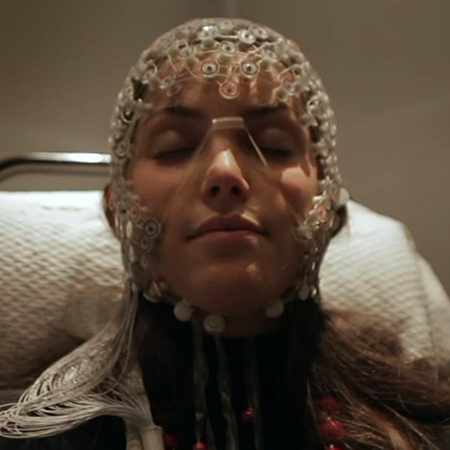
Neurocognitive processing during sleep
We spend a third of our life disconnected from the world and we still don’t know why? My lab investigates the function of sleep, by studying under which conditions the brain continues reacting, adapting and paying attention to the external world during light sleep.
 More
MoreMy lab investigates the function of sleep, by studying under which conditions the brain continues reacting, adapting and paying attention to the external world during light sleep, and conversely by studying the gating mechanisms allowing to fully turn inward and avoid external influences during deep sleep. Our work also attempts to decipher the functional significance of sleep stages and associated brain rhythms (slow-waves, sleep spindles, K-complexes, …) by establishing their impact on perception, attention and learning.
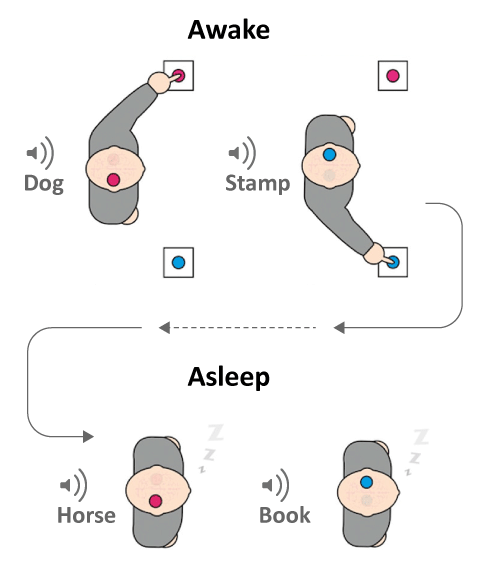
Sleep is a strange phenomenon in which we are forced to spend a third of our life disconnected from the external world, becoming vulnerable to external threats. Classically, sleep was simply considered as the brain shutting down for resting. Nowadays, we know that the sleeping brain remains highly active despite the absence of consciousness. In fact, certain process such as memory consolidation appear to work even better during sleep. The curse of sleep is now believed to be the ‘price to pay’ for optimal learning. Sleep limits external stimuli that would interfer with memory consolidation, and allows resetting neural systems by downscaling some of the synaptic connections that have accumulated during wakefulness. So far so good, but my lab has shown that the sleeping brain is actually far from being shut down from the environment. We found that the human brain continues to respond to external stimulation and can even classify incoming sounds if the subject has been induced to perform a task before falling asleep. We show that this is the case in particular in light sleep, which constitute about half the total sleep time in humans. Neural responsiveness to the external world fully vanishes during deep sleep stages. Focusing on sleep rhythms we found that the slow waves characterizing deep sleep involve active mechanisms for suppressing external influences. In another set of studies, we showed that external stimulation can influence neural plasticity not only by increasing memory consolidation but also by facilitating the acquisition of novel perceptual contents, at least during light sleep. Our lab is currently investigating